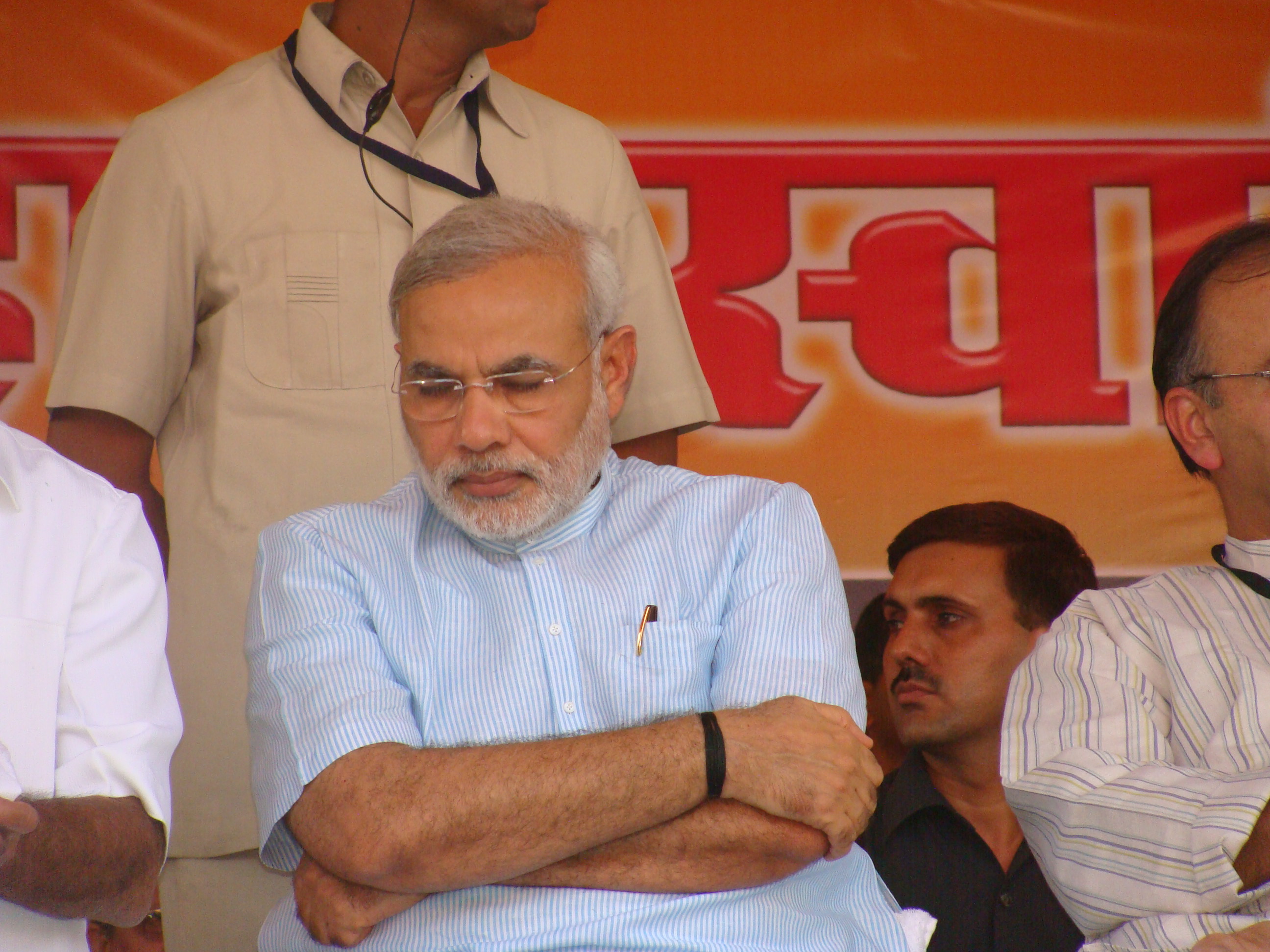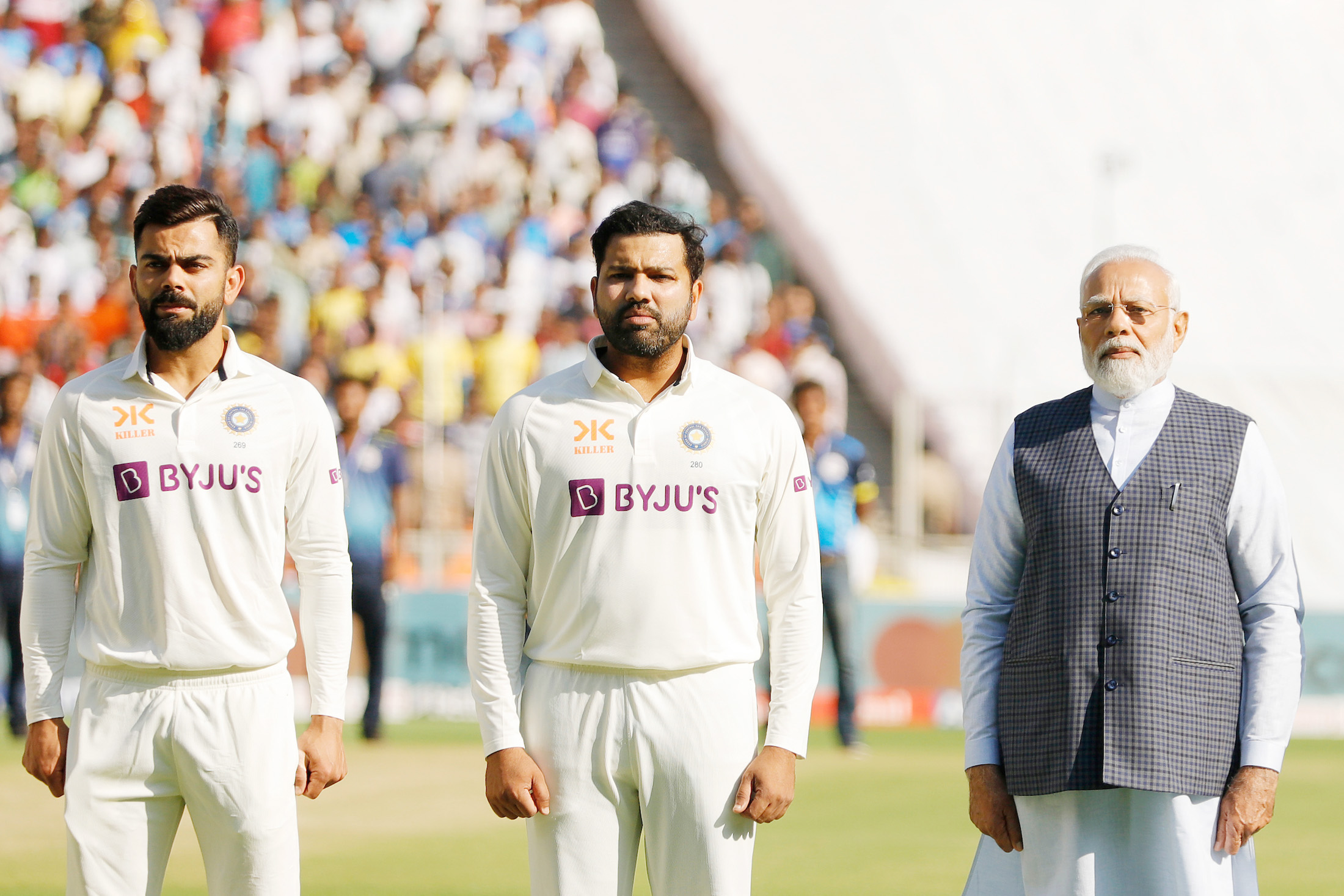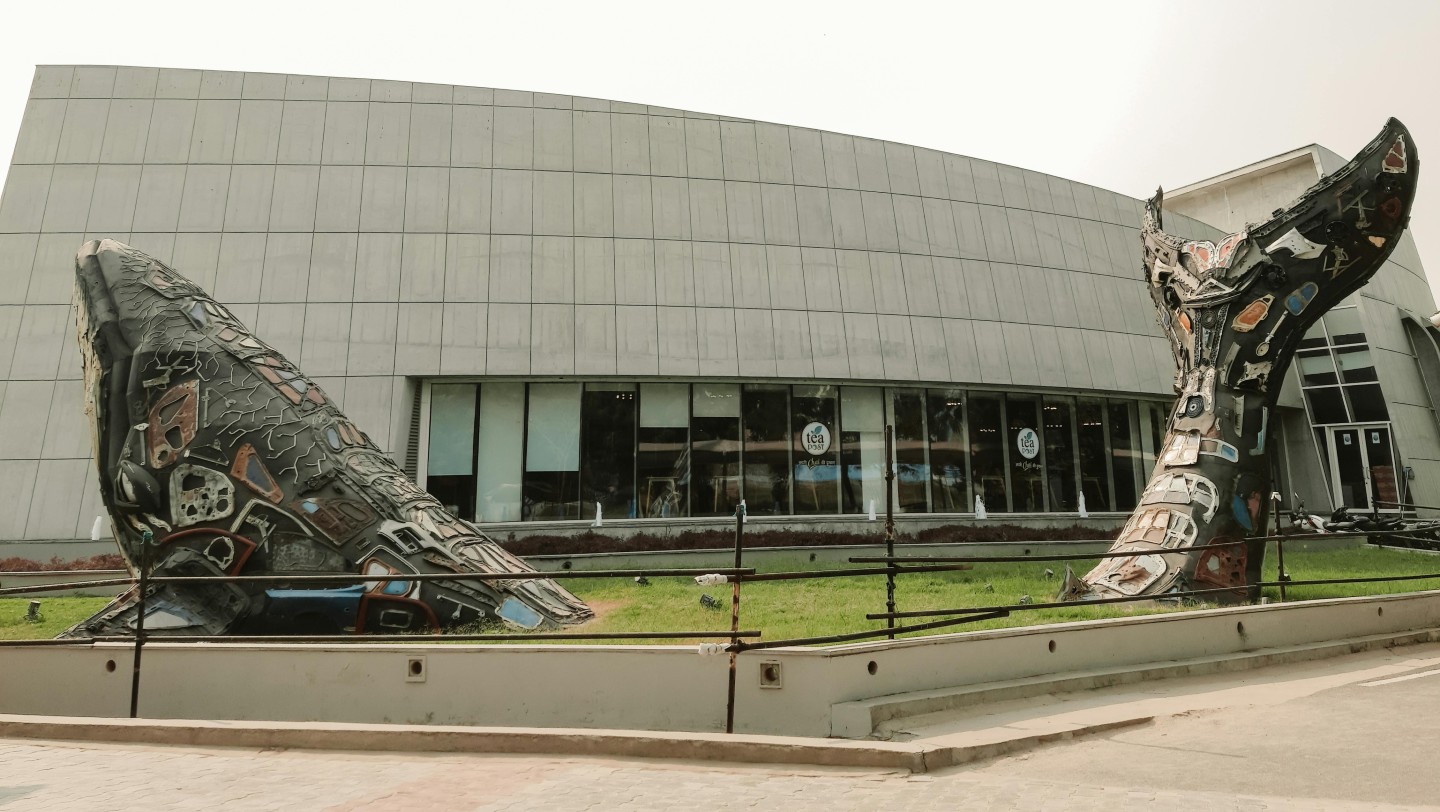Cinematic fiction has become the convenient way of ‘correcting’ historical frictions, especially where facts are inconvenient
 Popular cinema in India is being harnessed to drive home a majoritarian imagination. : Dey Alexander CC BY-NC-SA 2.0 DEED
Popular cinema in India is being harnessed to drive home a majoritarian imagination. : Dey Alexander CC BY-NC-SA 2.0 DEED
Cinematic fiction has become the convenient way of ‘correcting’ historical frictions, especially where facts are inconvenient
Like several instances in the last century, the political leashing of cinema is a concern again in India.
“I filmed the truth as it was then. Nothing more.”
This assertion by 1930s German film director Leni Reifenstahl, best known for her documentary films supporting Adolf Hitler’s National Socialist Party, would likely find favour with a section of Indian filmmakers today with releases lined up before the Indian general elections.
The ‘truth’ is a slippery thing, with cinema being pushed to be part of a new media ecology much of which thrives on post-truth.
This is one of the revelations in this season of national elections in India, which is gigantic in scale and the Indian state’s most formidable exercise. This particular election is prone to more than a share of anxiety that India, under Prime Minister Narendra Modi, is showing tell-tale signs of majoritarian tyranny, and a wanton disregard for participatory democratic ethos.
Mr Modi and his right-wing Bharatiya Janata Party are expected to return to power for the third time in a row, riding on an alarming centralisation of power, and an increasingly institutionalised practice of bare-knuckle majoritarianism that goes by the name of ‘Hindutva’. Popular cinema is seen to have become a bedfellow to this aspiration.
Their names reveal their intent. The Vaccine War, Article 370, Bastar — The Naxal Story, Swatantrya Veer Savarkar, JNU: Jahangir National University, and The Sabarmati Report, slated for an August release. No wonder, the proliferation of this kind of cinema has attracted eyeballs.
The world, while watching India closely, stumbled upon what India was watching. And what India was found watching was a series of loud, humdrum, low-budget, dyed-in-the-wool propaganda films. The regularity of their appearance, and their unmissable scheduling and template have provoked a couple of observations in the global media.
First, these films have a barely-concealed aim of mobilising support for Mr Modi’s brand of partisan politics. Two, this mobilisation is being carried out by a systematic defaming and demonisation of India’s 200 million Muslims, and other minorities. In other words, cinematic fiction has become the convenient way of ‘correcting’ historical frictions, especially where facts are inconvenient to the governing dispensation.
Important and insightful that these observations are, there is scope to go deeper into this proliferation of ‘saffron cinema’, the colour being the one most closely entwined with Hindutva.
Saffronizing in the age of post-cinema
On one hand, we have moved into the age of post-cinema, an image-saturated David-Lynchian hall of mirrors that the Situationist Guy Debord would have found inside his worst nightmare. On this end of the spectrum, cinema is a stuttering actor fretting on a stage dominated by a mind-bogglingly garrulous, anything-goes ‘new media‘.
Yet, cinema continues to pulverise the popular imagination. In recent months, Oppenheimer and The Zone of Interest have re-galvanised the perennial debate about cinema’s innate potency to reflect eloquently on acts of historic barbarity.
Contemporary Hindi cinema stands somewhere in the middle of these warring ends. On one hand lies its long emotional connection to a people, something that has ensured a deep, if unselfconscious, approval of that cinema. That cinematic ‘belonging’ is now being harnessed to drive home a programmatic majoritarian imagination.
Why, after 10 years in power, does Mr Modi need validation from cinematic fiction? One must recount that Mr Modi’s regime has largely thrived on spectacle and performance, his day-to-day act of governance having been converted into televised acts of messianic deliverance.
Indian politics has more often than not made use of the nuisance value of larger-than life theatrics. Mr Modi has converted that into a 24/7 art of self-publicity. To that end, a certain mythologizing of his person and office is part of his style of governance.
Moreover, the BJP’s publicity arm and the hundreds of trolls it had put under payroll since 2014 has triggered an avalanche of factually suspect claims, many of which have been traced to the offices of the government itself. To that end, using one more popular form, cinema, to validate the fiction of power and of Hindu dominance, and to convert mythical claims into ‘history’ is only par for the course.
On the opposite end of this desperate need for validation lies the irony that the commercial fate of all the recent propaganda films has been calamitous. Earlier propaganda vehicles, Uri: The Surgical Strike, The Kashmir Files and The Kerala Story, obdurately Islamophopobic or hawkishly pernicious, were unleashed upon a comparatively unsuspecting population.
They became massive commercial successes, having also been openly canvassed for by apparatchiks of the right wing, including Mr Modi himself. They had set the template for the current crop of cheaply made replicas.
But these films, which have clogged the Friday releases over the last two months, have barely been a whimper, silently exiting the commercial circuits after a bare run of a week, only to find the shelter of the streaming services.
These raise questions about whether the average cinema public, usually dismissed as gullible and influenceable, has seen through the verbiage of cliches and the rhetoric of hate. Are we to conclude that propaganda cinema that barely hides its tooth and claw never manages, in the end, to propagate?
It is too early to say whether these films will have no effect on the political outcome in the elections. But one can take heart that the blatant fictionalising of hate has not worked in the theatres of entertainment, and may also fail in the theatre of democracy.
One lingering anxiety hovers, however.
So far, the discussion on ‘saffron cinema’ has largely been about the ‘effect’ of this cinema on Indian politics. One must also ponder what this kind of licentious use of cinematic form and culture might do to that cinema itself.
This becomes all the more critical because India has barely had a history of blatant propaganda cinema. Popular Hindi cinema has been, with very notable exceptions, loud, saccharine, improbable, escapist, melodramatic, and kitschy. But a broad sense of justice has more or less prevailed in that cinema, even those where violence has been the chosen way of asserting that justice. The film Ghayal is a case in point.
This messy but generally agreeable open-endedness of Hindi cinema might be severely curtailed if its template is forced into the cage of complicity with a ruling regime.
That would be no less calamitous.
Sayandeb Chowdhury teaches in the School of Interwoven Arts and Sciences, Krea University.
Originally published under Creative Commons by 360info™.














